Are you planning to go on a crocodile hunt? Chances are you may not be, but I recently did. Let me tell you — the Australian Salt Water Crocodile is a beautiful, eerie and highly dangerous creature. So if you’re going to photograph them or any dangerous wild animal, it’s best to keep your distance, right?
You want something quiet, robust & pretty quick. I took the Tamron 28-200mm full-frame lens with me on this trip.
I must admit while actually photographing the crocs I rarely used the lens at 28mm, rather living pretty much at the 200mm end of things. However, having the versatility of the ultrazoom capabilities was very handy for capturing the most of our experience.
You may think that something more like a 500mm lens would be advantageous in this situation, and on the odd occasion you might be right (the more distance between you and a dangerous wild animal, the better). But when you are eyeball to eyeball (in the viewfinder) with a 4-meter croc, 200mm is plenty.
.mgl-tiles { display: none; } #mgl-gallery-634ee962f2e86 { margin: -5px; width: calc(100% + 10px); } #mgl-gallery-634ee962f2e86 .mgl-box { padding: 5px; } @media screen and (max-width: 768px) { #mgl-gallery-634ee962f2e86 { margin: -5px; width: calc(100% + 10px); } #mgl-gallery-634ee962f2e86 .mgl-box { padding: 5px; } } @media screen and (max-width: 460px) { #mgl-gallery-634ee962f2e86 { margin: -5px; width: calc(100% + 10px); } #mgl-gallery-634ee962f2e86 .mgl-box { padding: 5px; } }
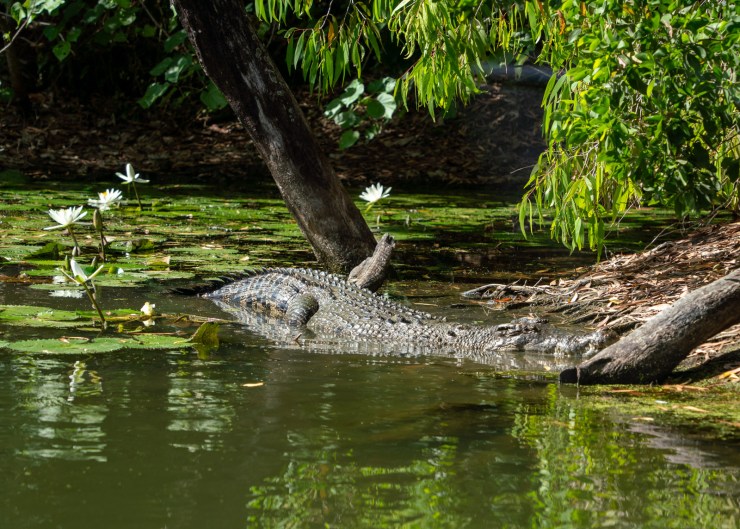
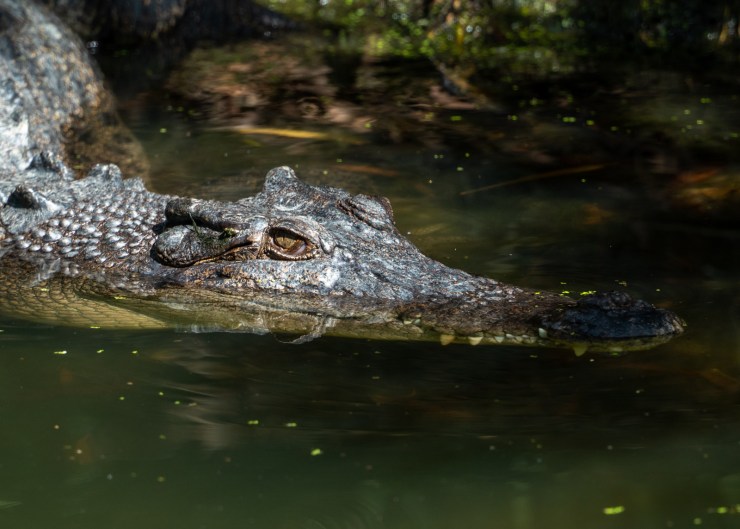
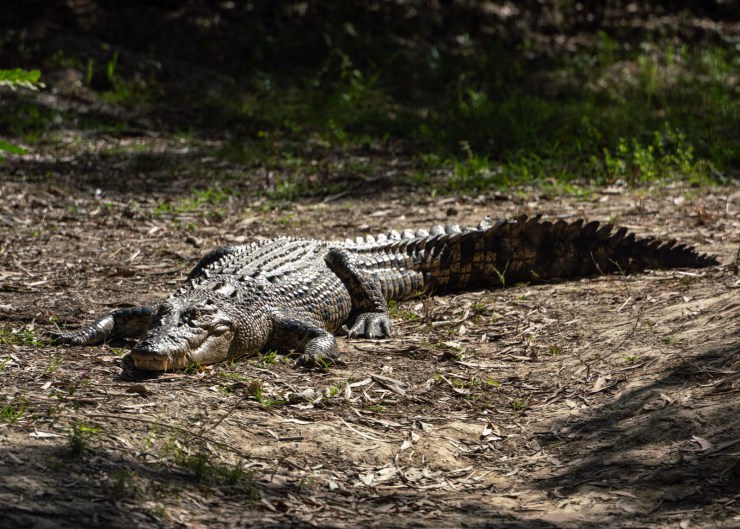
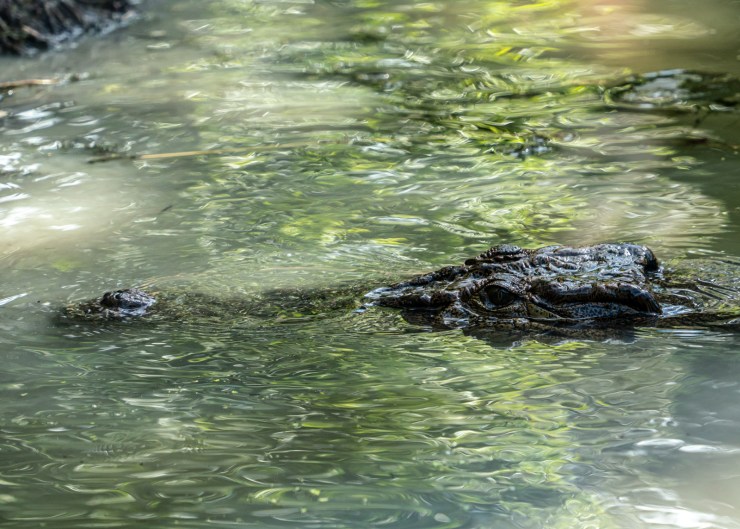
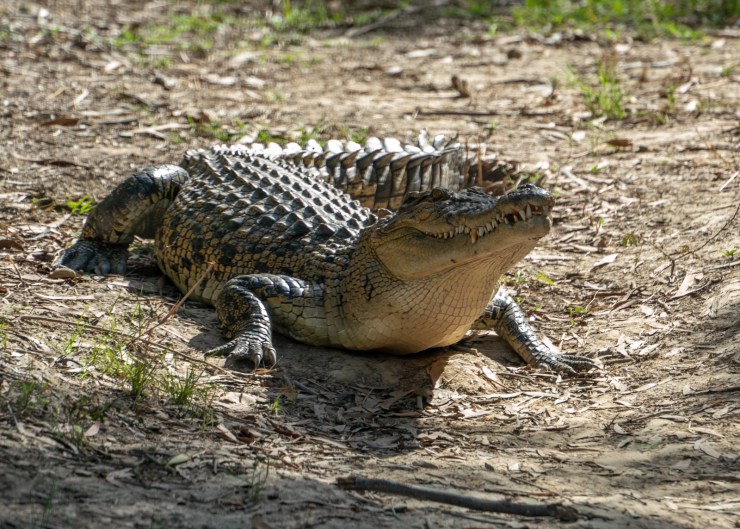
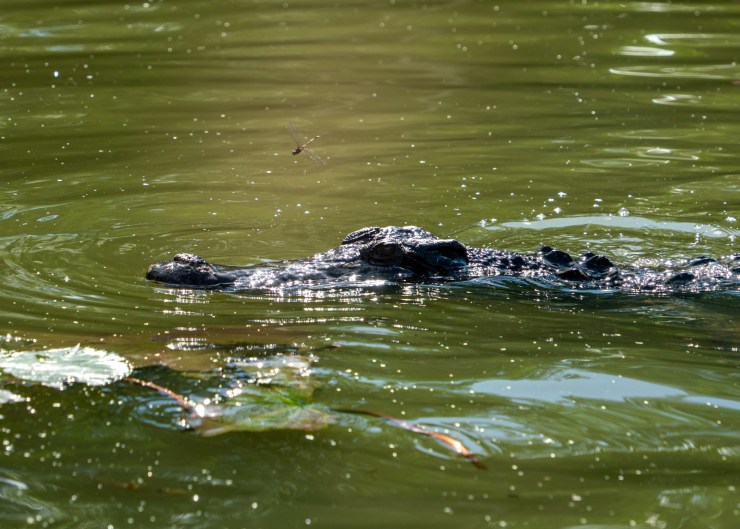
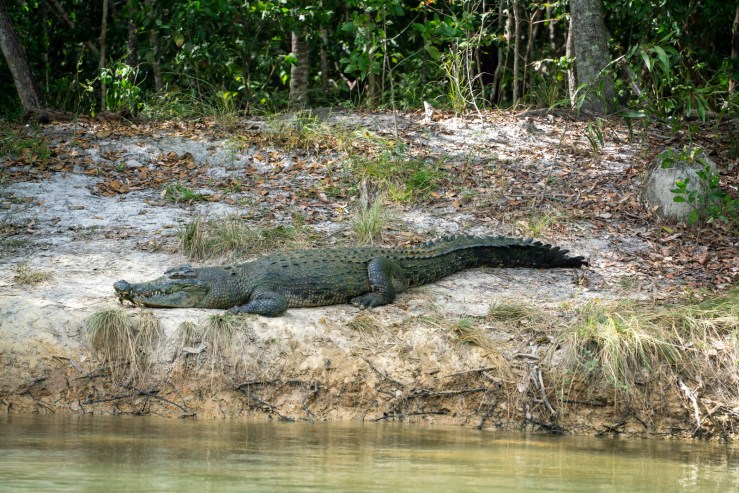
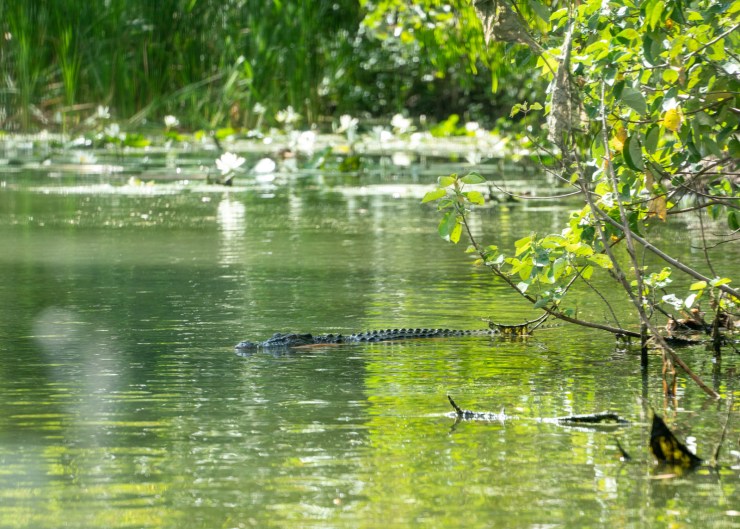
Understanding the crocodile
Did you know that the Saltwater crocodile can live to 75 years old and grow to 7 meters in length? They are called saltwater but prefer wetlands areas, freshwater rivers, lakes and lagoons. They also like estuaries and mangrove swamps. Crocs can run very fast over short distances on land, up to 11 mph. They have the strongest bite of any animal in the world (5,000 pounds of pressure per square inch), but their jaw opening muscles are quite weak and can easily be held shut with your hands or a rope — if you’re game! The only threat to an adult crocodile is humans — they are certainly not bulletproof.
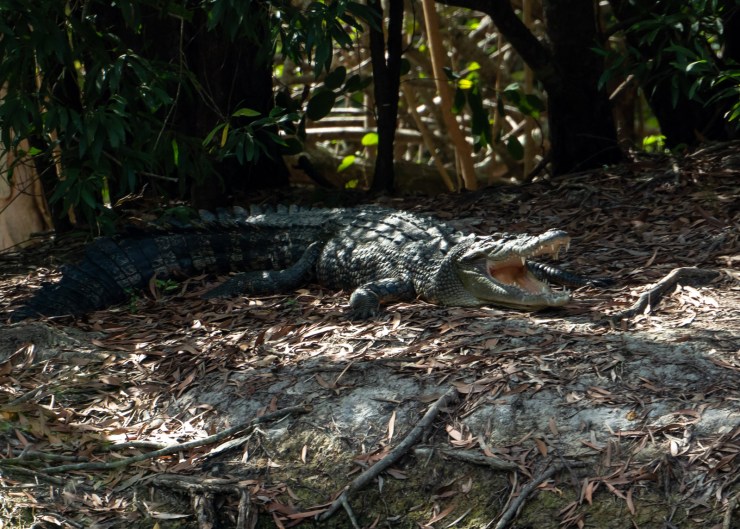
Crocodiles are reptiles so they need to bask in the sun on land to heat themselves, they cool off by opening their mouths, known as mouth gaping. They can swim up to 20 mph and can hold their breath underwater for an hour.
Crocs have about 100 teeth and when one breaks off they have a replacement on standby. They can replace their teeth up to 50 times in their life span. Their most lethal trait is their death roll. Clamping their jaws shut on their prey and spinning around powerfully. It disorientates prey, dragging them underwater and can help separate limbs. Crocodiles can live up to a year without eating.
.mgl-tiles { display: none; } #mgl-gallery-634ee963010c6 { margin: -5px; width: calc(100% + 10px); } #mgl-gallery-634ee963010c6 .mgl-box { padding: 5px; } @media screen and (max-width: 768px) { #mgl-gallery-634ee963010c6 { margin: -5px; width: calc(100% + 10px); } #mgl-gallery-634ee963010c6 .mgl-box { padding: 5px; } } @media screen and (max-width: 460px) { #mgl-gallery-634ee963010c6 { margin: -5px; width: calc(100% + 10px); } #mgl-gallery-634ee963010c6 .mgl-box { padding: 5px; } }
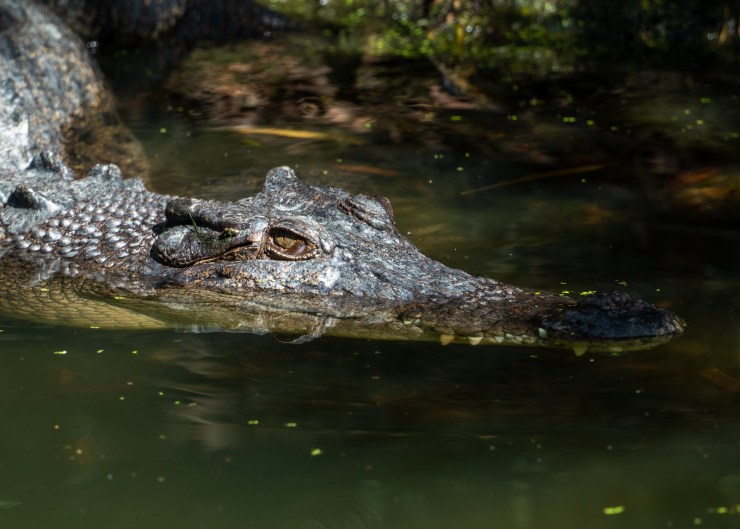
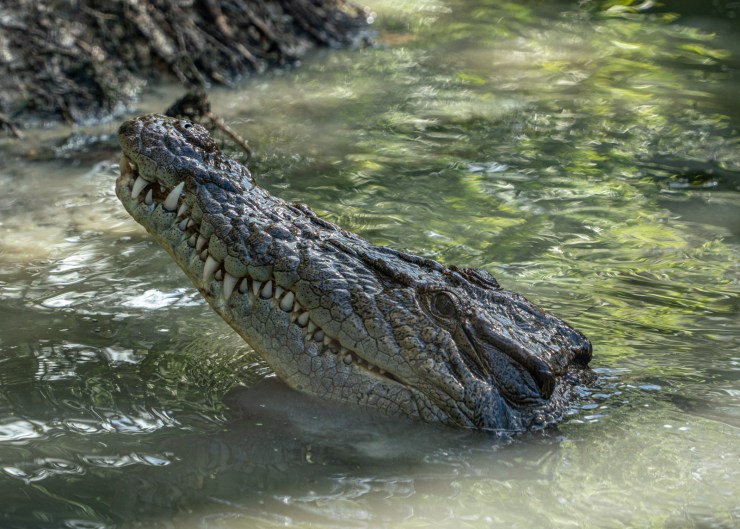
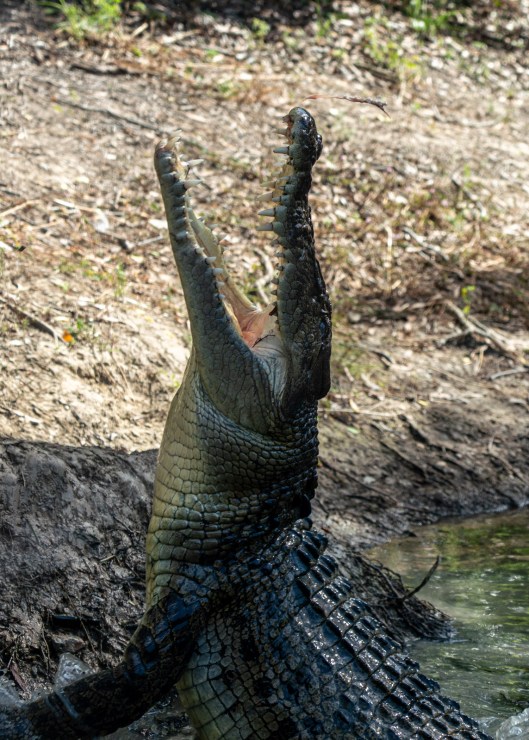
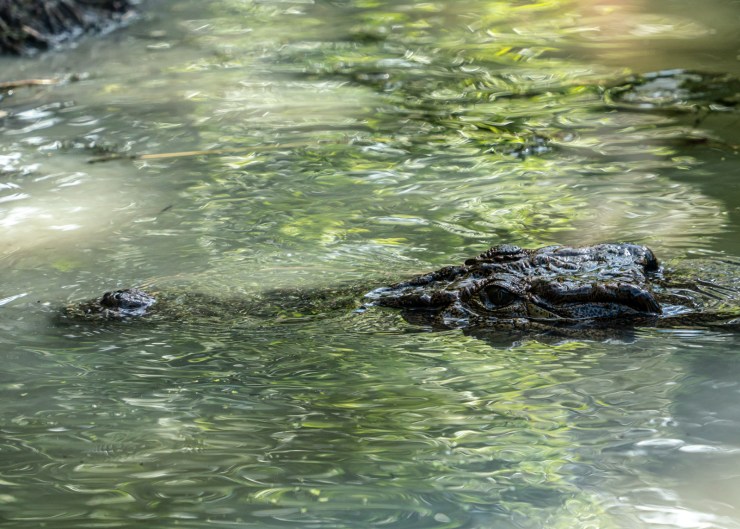
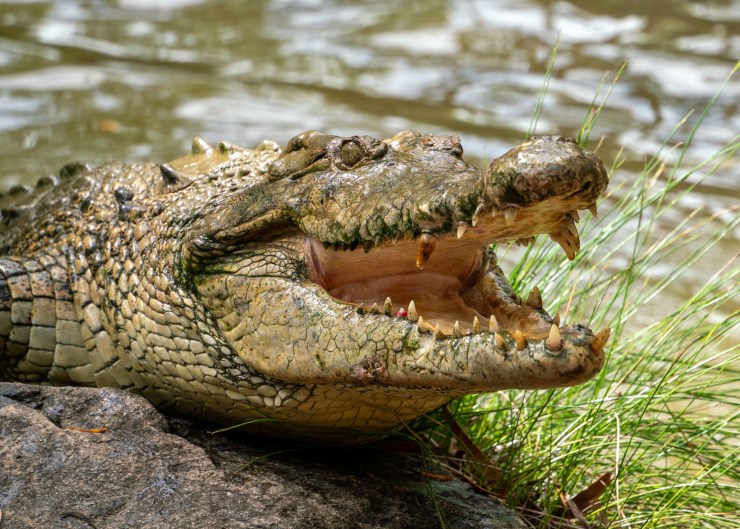
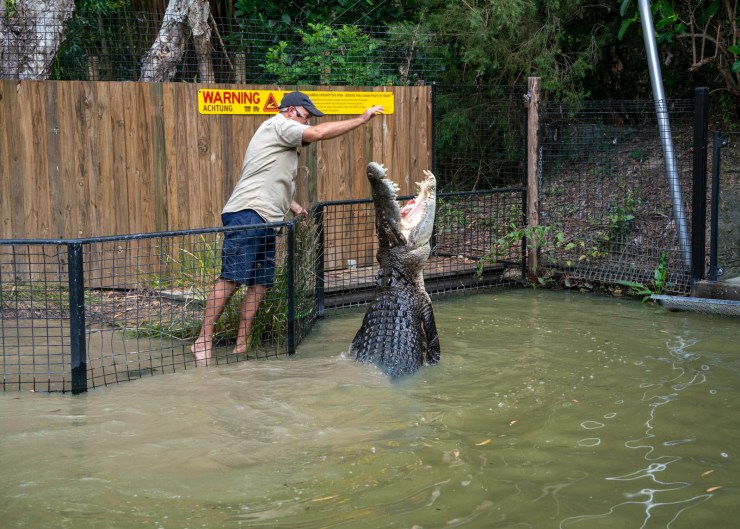
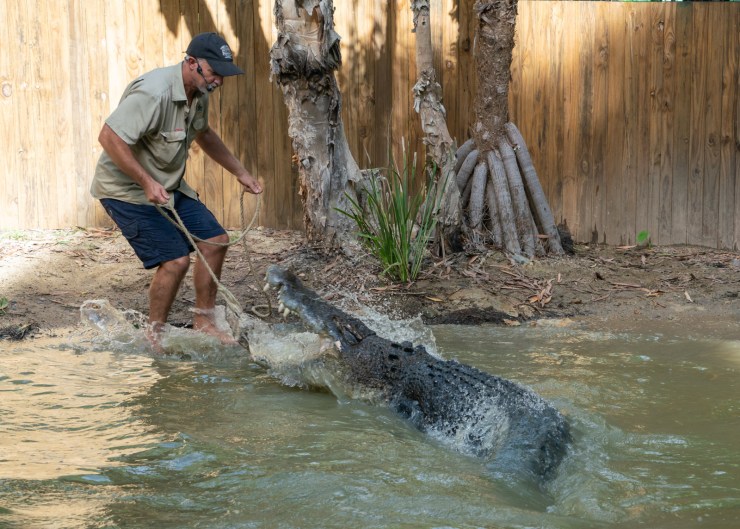
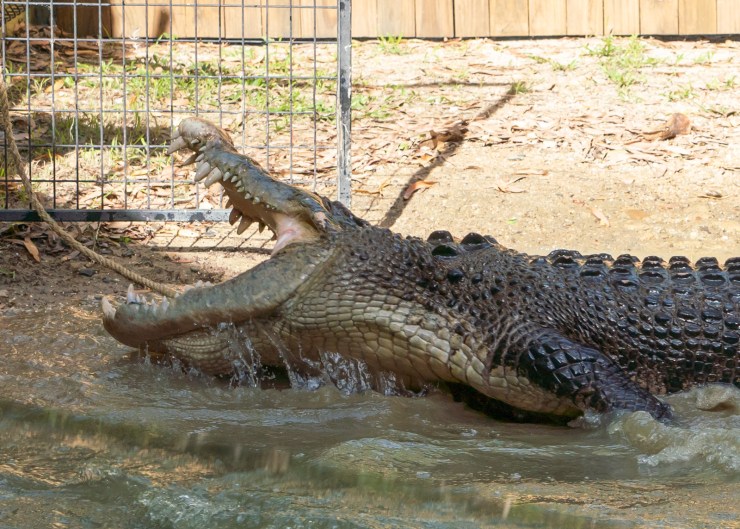
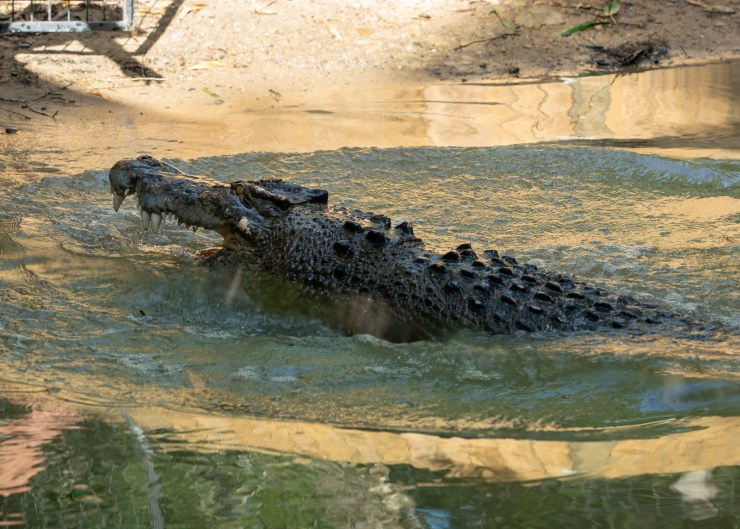
Worldwide crocodiles kill an estimated 1,000 people per year. After seeing a few in action, I am not surprised.
But don’t fear my friends, while we were traveling through Far North Queensland we never actually saw a crocodile in the wild. Sure, we visited during winter while many of them are not active. But we did see warning signs in many locations we visited.
All of these photos were taken at Hartleys’ Crocodile Adventures and I was never at any real risk behind a fence, or caged barriers in boats. It is really the only way I would like to get THAT close to a crocodile and live to tell the tale — and share the photographs.
Capturing the action
When the crocodile is basking in the sun, or slowly floating in a river, you can keep things fairly slow. Shooting at a slow shutter speed is OK. However, things can go from a standstill to action-packed VERY quickly. Try keeping your shutter speed at a minimum 1/500s if not faster. I kept my aperture between f/5.6 and f/8 to keep everything in focus.
I used AF Continuous with Animal Eye Tracking on. Another option is High Burst mode; crocs have a quick sudden burst of action and then go quite still again. You could try Shutter Priority mode and use Auto ISO or Aperture Priority mode with a minimum shutter speed selected, too. I found that worked quite well for me.
Keep your distance with a great, sharp lens
So if you are planning on going on a croc hunt, be sure to keep your distance. Many thanks to the lovely people at Tamron Australia for allowing me to try out their 28-200mm lens on this trip. It is a great, full-frame ultrazoom, lightweight and compact lens. The stepping motor focus system allows for improved autofocus speed and accuracy while remaining silent. It’s durable and moisture resistant, and as you can see, does a lovely job. You can read more about my adventures with this lens here.
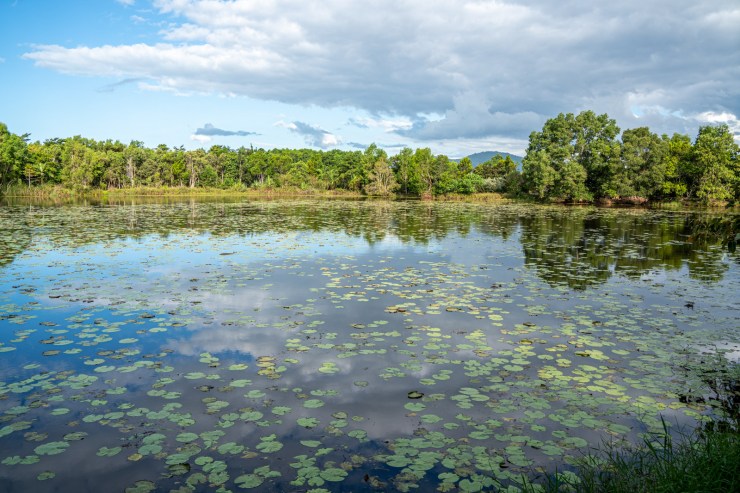
Tell your story with the second annual Visual Storytelling Conference!
Experience four days of interactive, online training sessions featuring a range of educational content with experienced photographers and content creators. This free event kicks off with a series of technical boot camps to build essential skills, followed by live, online sessions on photography, video, business and social media. Join live from March 10-13, 2022!
